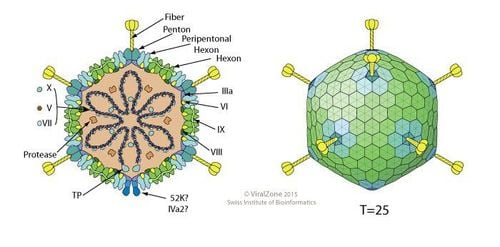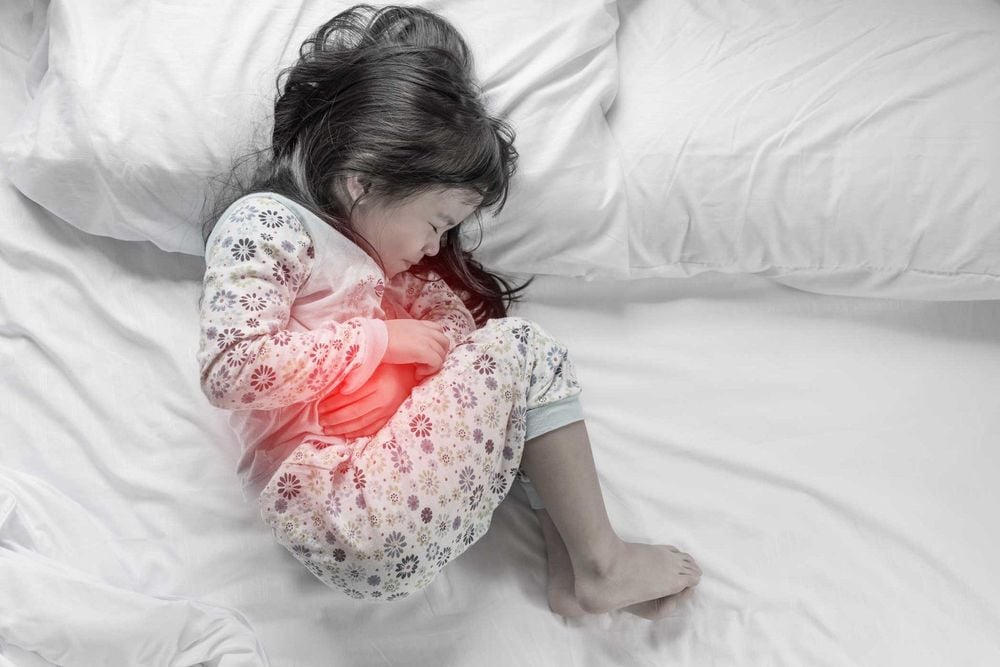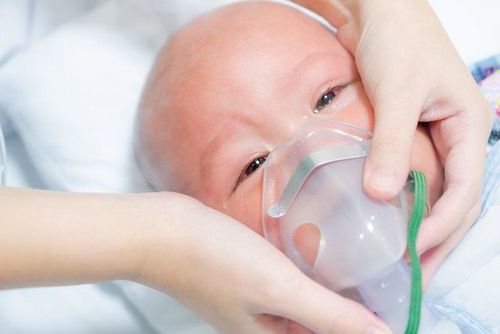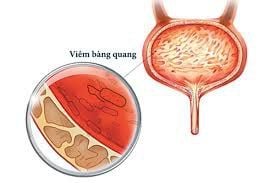This is an automatically translated article.
Adenovirus is one of the causes of respiratory infections in humans, especially in infants and young children, especially they cause pneumonia in children with a mortality rate of 8-10%. In addition to causing respiratory infections, adenovirus can also cause diseases in many other organs such as conjunctivitis, gastroenteritis...
1. What is an adenovirus?
Adenovirus was first discovered in 1953 from the amygdala, the glandular tissue was removed. Adenoviruses are viruses containing double-stranded DNA, the diameter of the virus is from 70 to 80 nm, without an outer envelope, the capsid has cuboidal symmetry and the viruses are polygonal in shape made up of 252 capsomeres.
Adenovirus belongs to the family Adenoviridae divided into two main groups, one that causes disease in birds and one that causes disease in mammals. In the group that causes disease in mammals, including humans, 47 types of human adenovirus, some other animal species, and human adenovirus have been isolated, divided into 6 groups of symbols A-F based on on physiological, biochemical and molecular biological characteristics.

Cấu trúc Virus Adenovirus
Adenovirus can survive and cause disease for a long time in the outdoors, at room temperature can survive for 30 days, 370C can live for 15 days, 40C they can live for many months, -200C can live for many years. Boiling water at 1000C, ultraviolet rays, chloramine easily destroy the virus, lose its virulence quickly and die at 56 degrees Celsius from 3 to 5 minutes. In addition, organic solvents such as ether and acetone do not kill viruses.
The source of Adenovirus infection is the patient who carries the virus during the course of the disease, the patient can be infected by direct contact between people through the respiratory tract; can be transmitted through mucous membranes by swimming or washing water contaminated with the virus in secretions from the eyes, nose, and feces of patients or by indirect contact with utensils of patients infected with adenoviruses. The disease can affect people of all ages. However, because the virus causes the disease, it will often be found in people with low resistance such as children, the elderly, people with chronic diseases...
Currently, there is no cure for the disease caused by adenovirus. specificity. The main treatment is to treat symptoms, improve the body, if there is a superinfection, use antibiotics.
2. Pathogenicity of Adenovirus
Adenovirus can cause disease in many different organs of the body such as the respiratory tract, digestive tract, eyes... in humans, especially children. Among the groups of viruses that cause disease, group B Adenoviruses are the most likely to cause disease and are the most common. After causing disease, the adenovirus can survive for many years in the amygdala. Some diseases caused by Adenovirus include:
Adenovirus gây bệnh đường tiêu hóa ở trẻ
2.1 Respiratory tract inflammation Acute pharyngitis : This disease is common in infants and young children with manifestations such as fever, headache, swollen throat, cough and runny nose. This condition can last for days from 7 to 14 days and can spread quickly to become an epidemic. Diagnosis based on symptoms is often difficult to distinguish from other viral infections. Pharyngitis conjunctivitis: Symptoms similar to pharyngitis caused by Adenovirus but with conjunctivitis manifests as red conjunctiva, usually painless, clear discharge. This condition is often contagious, especially in the summer, can be transmitted through the respiratory tract or children come into contact with the source of infection when swimming.
Acute respiratory infection : Manifestations of sore throat, sore throat, painful swollen neck nodes, fever can be as high as 39 degrees Celsius, cough. The disease develops acutely, recovers quickly after 3-4 days, seen in both children and adults. The pathogenic types are 4, 7. Pneumonia: Mainly caused by types 3, 4, 7 and 14, accounting for 10% of cases of acute pneumonia in young children. Symptoms appear suddenly with a high fever of 39 degrees Celsius, cough, runny nose and signs of damage to the lungs, these lesions can spread, leave sequelae and more seriously, can cause death. death. Adenovirus pneumonia has dangerous complications and can be fatal with a mortality rate of 8-10% when infected.

Adenovirus gây viêm phổi ở trẻ
2.2 Conjunctivitis of the eye Conjunctivitis, also known as pink eye, is a disease that often causes epidemics in the summer because it is easily spread through water in swimming pools. Manifestations of acute inflammatory disease of the corneal conjunctiva, red conjunctiva, maybe one or both sides, clear fluid, susceptible to bacterial superinfection if not controlled and promptly intervened.
2.3. Gastroenteritis and intestinal diseases Several types of Adenovirus are a common viral agent in acute non-bacterial gastroenteritis. Adenovirus gastroenteritis ranks 2nd after rotavirus in viral diarrhea in children. Patients present with diarrhea with a lot of water lasting about 7 days, accompanied by fever, vomiting, nausea, signs of respiratory infection and conjunctivitis. The virus causes disease in the gastrointestinal tract and is eliminated in feces, which is also the main source of infection for the community. Mainly caused by types 40, 41 and 31.
2.4. Other diseases This virus can also be the cause of hemorrhagic cystitis in children, especially boys, in this case the virus is usually found in the urine of the patient and the pathogenic types are type 11, 12. In the urine. There is also a virus in the vagina and uterus and this is considered a sexually transmitted disease.

Tình trạng viêm bàng quang do viris Adenovirus
There are also some viral infections that do not show symptoms, called latent forms, which are an important source of infection in the community. The types that cause disease in humans, after being cured, patients have high and long-lasting immunity to Adenovirus with the same type of disease, but they do not have cross-immunity, so they can protect the cause of the disease due to different pathogens. other types.
This virus is very contagious to the community and in particular, the adenovirus can cause a lot of dangerous complications from common symptoms, so when you see children showing signs of suspected virus infection, they need to be monitored. regular health status and as soon as there are abnormal signs, need to go to a medical facility for examination and treatment.
3. How to prevent disease caused by adenovirus
Always make sure there is enough clean water for daily life. Especially in the rainy season, it is necessary to use clean water that has been disinfected. Maintain clean personal hygiene, do not share towels and regularly wash towels with soap, dry in the sun. When taking care of an infected patient, do not share items with the sick person, especially towels and utensils that may be contaminated with the patient's secretions such as bowls, spoons, cups, cups, beds... Disinfect the patient's utensils during the disease phase. The disease caused by adenovirus is very easy to spread by direct and indirect ways, so it is also easy to break out into an epidemic, so when you find yourself or those around you infected with Adenovirus, it is necessary to take reasonable precautions to avoid the disease. outbreak into an epidemic.
To register for examination and treatment at Vinmec International General Hospital, you can contact Vinmec Health System nationwide, or register online HERE
LEARN MORE
Signs of upper respiratory tract infection in infants Is upper respiratory tract infection contagious and dangerous Signs and ways to care for infants with upper respiratory tract infections













